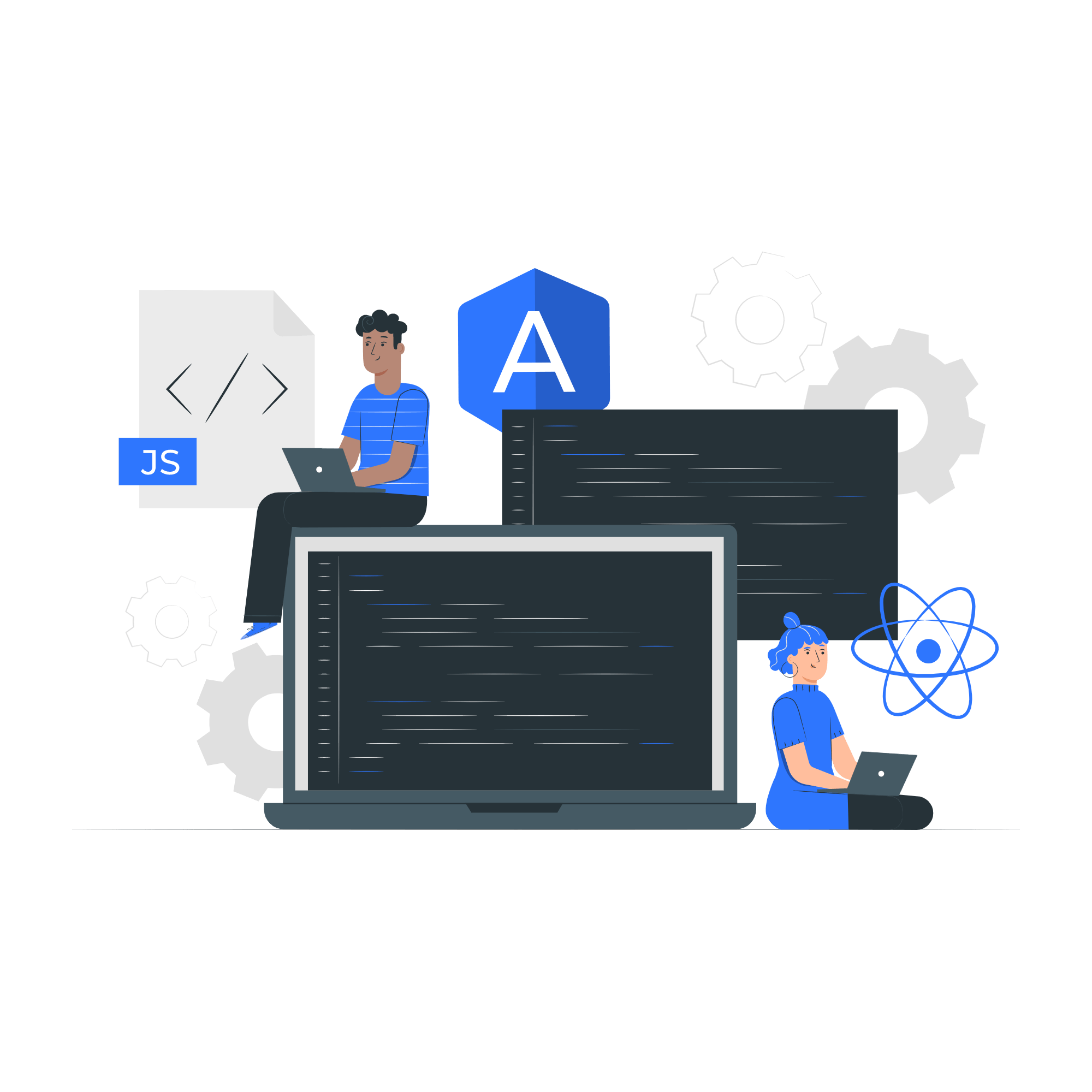How to Optimize Your Applications For The Cloud
Moving your applications to the cloud can provide a range of benefits, from increased scalability and flexibility to reduced operational costs. However, simply migrating your applications to the cloud is not enough – you also need to optimize them for the cloud environment to take full advantage of its capabilities. In this post, we’ll explore some key strategies for optimizing your applications for the cloud.
1.Refactor your applications
Refactoring a monolithic application into microservices can be a complex process that requires careful planning and consideration. Some common approaches to refactoring include:
- Strangler pattern: gradually replace parts of the monolith with microservices until the entire application is composed of microservices.
- Event-driven architecture: use events to trigger microservices, allowing you to break down the application into smaller, more manageable pieces.
- Domain-driven design: break down the application into domains, and create microservices that correspond to each domain.
Once you’ve broken down your application into microservices, you can use containerization tools like Docker to package each microservice into a lightweight, portable container. You can then use container orchestration tools like Kubernetes to deploy and manage the containers, automating tasks like scaling, load balancing, and rolling updates.
2.Leverage cloud-native services
Cloud providers offer a range of services that can help you optimize your applications, including:
- Managed databases: cloud providers offer managed database services like Amazon RDS, Google Cloud SQL, and Azure SQL Database, which offload database administration tasks like backups, patching, and scaling.
- Serverless computing: serverless computing services like AWS Lambda, Google Cloud Functions, and Azure Functions allow you to run code without managing underlying infrastructure, reducing operational overhead and improving scalability.
- Caching services: caching services like Amazon ElastiCache and Google Cloud Memorystore allow you to offload database load and improve performance by storing frequently accessed data in memory.
By using these services, you can focus on developing and deploying your application, while offloading operational tasks to the cloud provider.
3. Use automation and orchestration
Automation and orchestration tools like Kubernetes, AWS Elastic Beanstalk, and Google App Engine can help you automate the deployment and scaling of your applications. These tools allow you to define infrastructure as code, and automate tasks like scaling, upgrading, and backup.
For example, with Kubernetes, you can define a deployment object that specifies how many replicas of a pod (or container) should be running, and Kubernetes will automatically scale up or down the number of replicas based on CPU or memory usage. You can also define a service object that exposes your application to the internet and load balances traffic across the replicas.
With AWS Elastic Beanstalk or Google App Engine, you can deploy your application without worrying about the underlying infrastructure, and the service will automatically scale up or down based on traffic.
4.Implement performance optimization
To optimize your application’s performance, you can use techniques like caching, compression, and CDNs.
Caching involves storing frequently accessed data in memory, reducing the number of database queries required. For example, you might use a caching layer like Redis or Memcached to store frequently accessed data like session information or product information.
Compression involves reducing the size of data transferred between the client and server. For example, you might use gzip compression to compress HTML, CSS, and JavaScript files.
CDNs involve caching content in edge locations closer to your users, reducing load times and improving user experience. For example, you might use Amazon CloudFront or Google Cloud CDN to cache and serve images, videos, and other static content from edge locations around the world.
By implementing these performance optimization techniques, you can improve your application’s user experience and reduce load times.
Overall, optimizing your applications for the cloud requires careful planning and consideration, as well as a deep understanding of cloud-native services and tools. By following these strategies, you can take full advantage of the benefits of the cloud, from increased scalability and resiliency to reduced operational costs.


